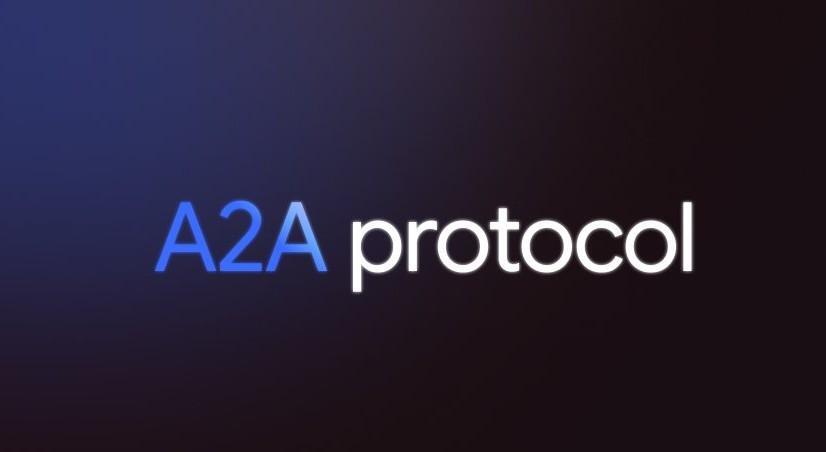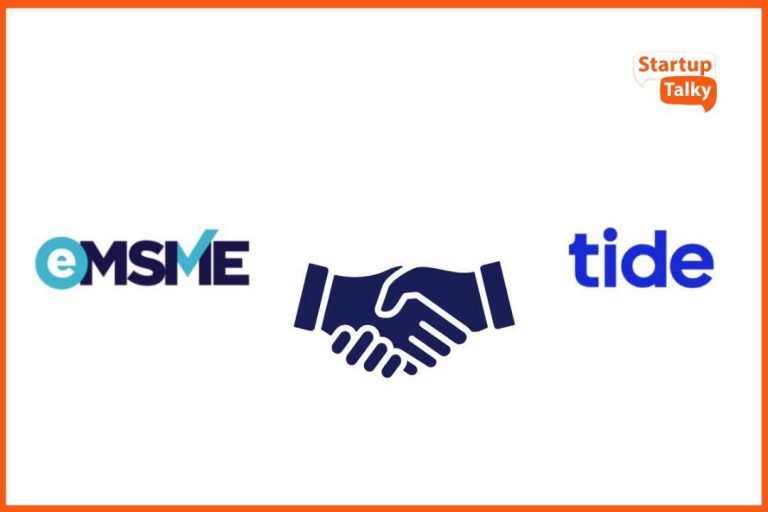
Google Launches A2A Protocol to Enhance AI Agent Synergy
The world of artificial intelligence (AI) has been rapidly evolving over the past few years, with advancements in machine learning, natural language processing, and computer vision leading to the development of sophisticated AI agents. These agents have been designed to perform specific tasks, from customer service chatbots to autonomous vehicles. However, the lack of interoperability between these agents has been a major limitation, hindering their ability to work together seamlessly.
To address this issue, Google has recently launched Agent2Agent (A2A), a new open-source protocol designed to enable AI agents from various systems to communicate with each other, securely exchange information, and coordinate actions over various enterprise platforms or applications.
What is A2A?
A2A is a lightweight, open-source protocol that allows AI agents to interact with each other, regardless of their underlying infrastructure or programming language. The protocol provides a standardized way for agents to communicate, enabling them to share knowledge, coordinate actions, and learn from each other.
Benefits of A2A
The launch of A2A brings several benefits to the AI community, including:
- Interoperability: A2A enables AI agents from different systems to communicate with each other, breaking down the silos that have traditionally limited their collaboration.
- Flexibility: The protocol is designed to be flexible, allowing developers to build agents that can connect with any other agent built using the protocol.
- Security: A2A provides a secure way for agents to exchange information, ensuring that sensitive data remains protected.
- Scalability: The protocol is designed to scale, enabling agents to coordinate actions and share knowledge across multiple platforms and applications.
How Does A2A Work?
A2A works by providing a standardized framework for AI agents to communicate with each other. The protocol consists of three main components:
- Agent Interface: The agent interface provides a standardized way for agents to interact with each other, allowing them to share knowledge, coordinate actions, and learn from each other.
- Message Format: The message format defines the structure and content of the messages exchanged between agents, ensuring that they can understand each other’s communication.
- Security: The security component provides encryption and authentication mechanisms to ensure that sensitive data remains protected during transmission.
Use Cases for A2A
The potential use cases for A2A are vast and varied, including:
- Customer Service Chatbots: A2A enables chatbots from different systems to collaborate, providing a seamless customer experience across multiple platforms.
- Autonomous Vehicles: A2A allows autonomous vehicles to communicate with each other and with other agents, such as traffic management systems, to improve safety and efficiency.
- Healthcare: A2A enables medical agents to share patient data and coordinate treatment plans, improving patient outcomes and reducing healthcare costs.
- Supply Chain Management: A2A allows supply chain agents to communicate and coordinate, improving inventory management and reducing costs.
Conclusion
The launch of Agent2Agent (A2A) by Google marks a significant milestone in the development of AI agents. The protocol provides a standardized way for agents to communicate, securely exchange information, and coordinate actions over various enterprise platforms or applications. With A2A, developers can build agents that can connect with any other agent built using the protocol, opening up a wide range of possibilities for AI agent synergy.
Source
https://developers.googleblog.com/en/a2a-a-new-era-of-agent-interoperability/






